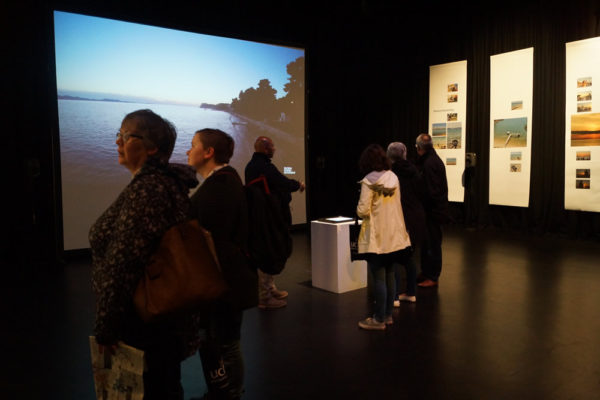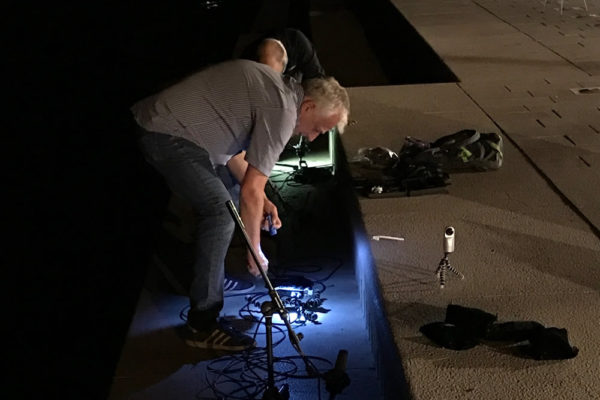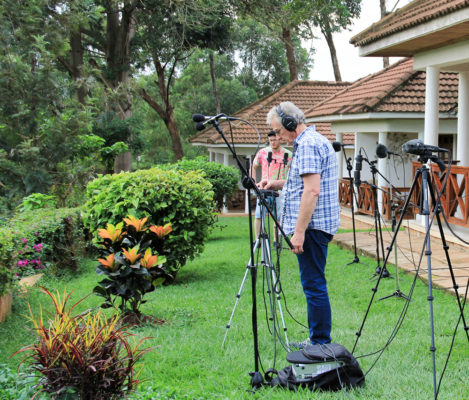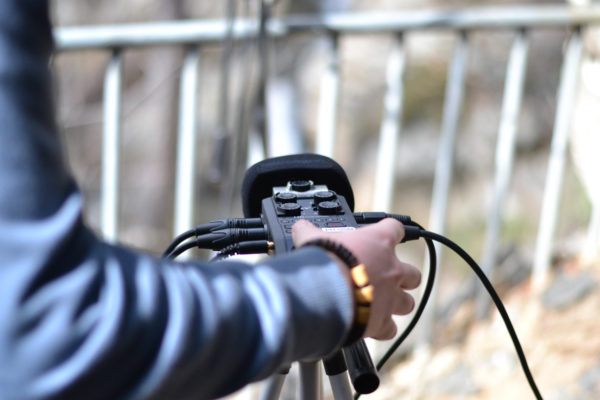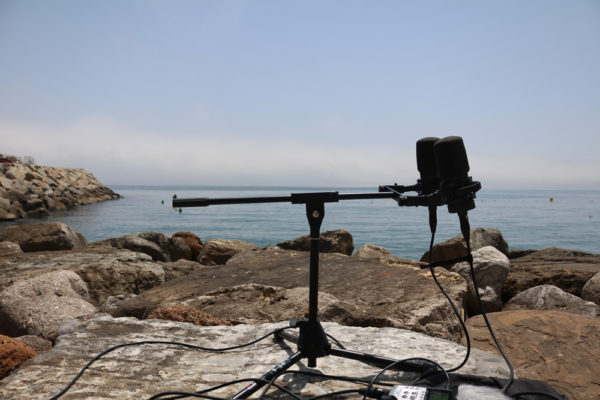‘MORSKE ORGULJE’ – Exhibition
Morske Musak is a multimedia installation that situates Nikola Bašić’s Sea Organ (Zadar, Croatia) in dialogue with audience interactivity.
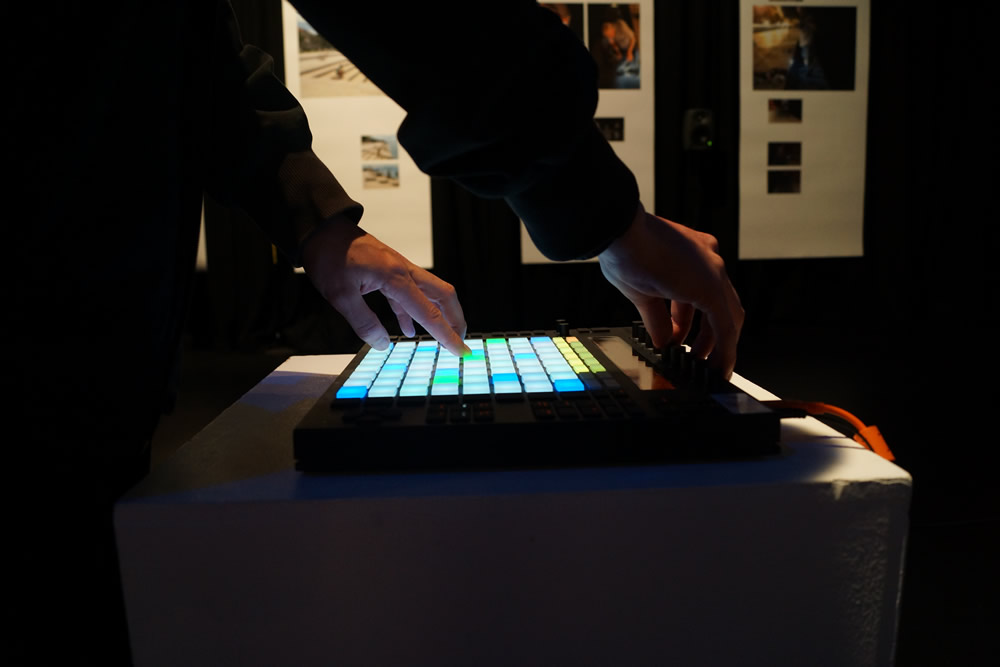
Visual projections cohere with multichannel audio presentation, connoting Zadar as a place within which audiences are immersed.
The installation invites audiences to engage and interact with sound recordings of the Sea Organ via new instrument technology. Gestural control over musical, sonic, and sound-diffusion parameters of the installation allow audiences to engage imaginatively with Zadar’s Sea Organ. Tidal movement plays Bašić’s instrument in-situ; Morske Musak is designed to give agency to audiences whereby the intermodality between movement and sound parameters combines typically isolated elements. Effectively, through this interaction, audiences “perform” the Sea Organ as an instrument through control of discrete (pitch, rhythm) and/ or analog (dynamics, diffusion) means.
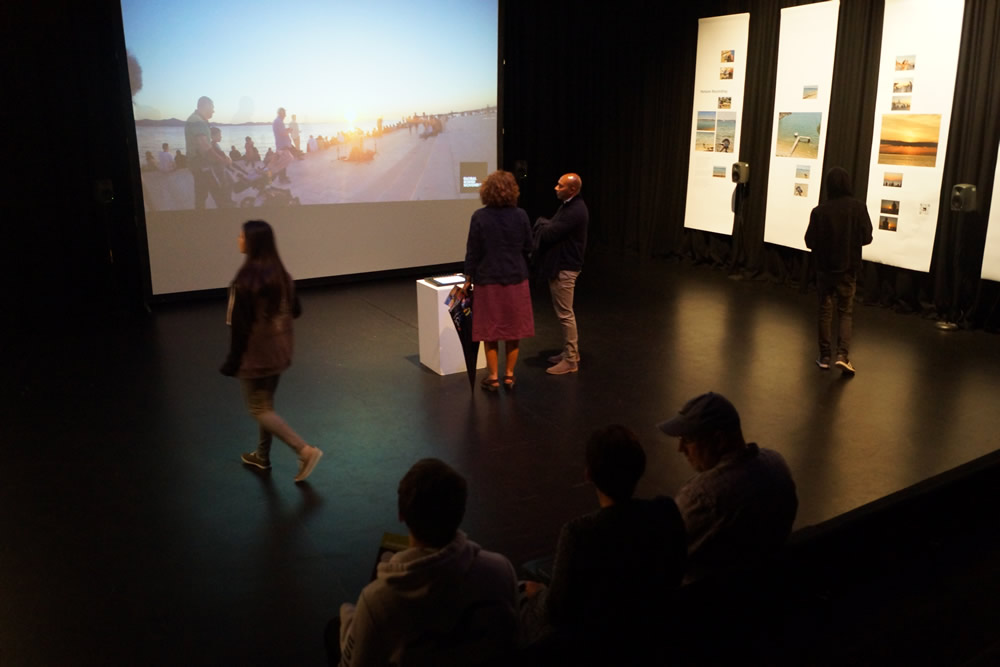
Push Morske Musak as an output represents the continued endeavour of Global Sound Movement to document, preserve, share, and innovate interactivity with unique instruments and technologies.
It was presented freely at the University of Central Lancashire’s School of Journalism, Media, and Performance. Visitors to the installation received media information pertaining to the Global Sound Movement’s activities related to both this installation, and the groups numerous other projects. Adjacent to the installation were audience/ artist discussions regarding the documentation, preservation, and accessibility granted by modern sampling and new instrumental technologies.
The installation characterises original and innovative contributes to audience interactivity and engagement, generating discourse pertaining to issues of place, agency, and the preservation of sound. This instance of presenting our practice and research within an installation format has informed new practice and new presentations whereby audience engagement takes place in a live setting, extending the dissemination of our work beyond the remit of web-based distribution.
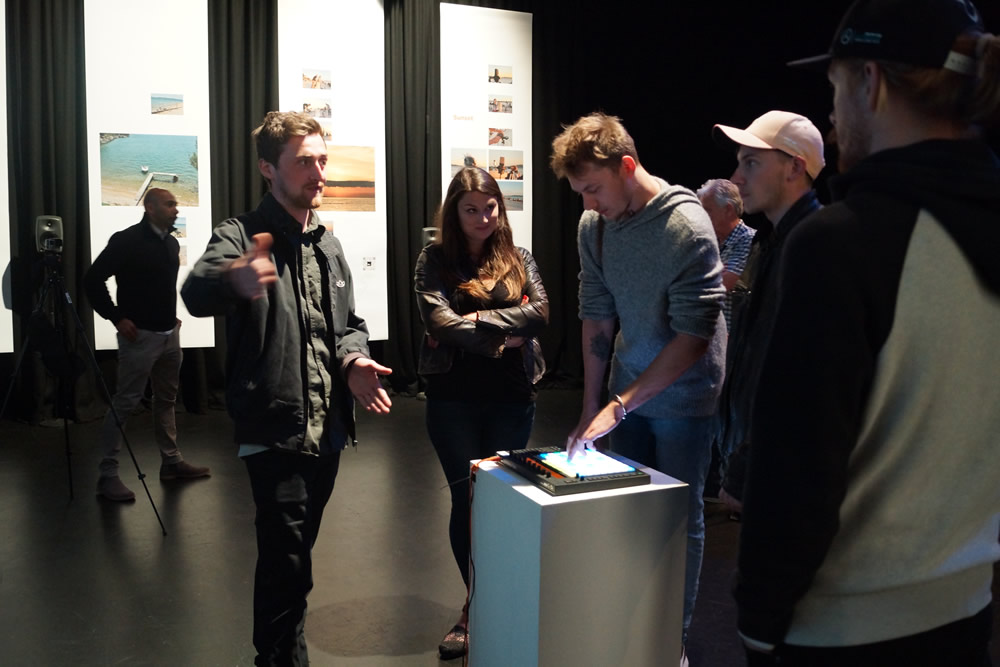
Phil Holmes and Brandon Nightingale
Behind the sences
The Showcase
This project showcases the trip to Zadar, Croatia with the intention of capturing a wholly unique musical instrument. Morske Orgulje – Sea Organ a 70 meter organ that produces sound based on the movement of the Adriatic Sea. GSM captured this incredible instrument along with multiple environmental recordings, adding to its existing sound library. This is a multimedia interactive installation that allowed visitors to interact with the Morske Orgulie and collaborate with the tide to create a new piece of music.
Soundtrack
The exhibition soundtrack used the samples we recorded while out in Zadar. The Sea Organ’s dynamic patch utilised Ableton Live 10, Push and Max for Live.
Brandon used eight channels (6 different recordings from Zadar and 2 of the Ocean from Bali) he gradually modulate between a set of 8 Genelec Monitors. The tidal data was taken and adapted in order to control the frequency of modulation between speakers.
Each channel consists of up to an hour of edited / processed audio with their start point modulated by the adapted tidal data. This enabled the participant to trigger the patch on the Ableton push, by doing this on each press equaled the launch at a different point in each recording creating something very dynamic.
The patch sits atop a sound bed comprising of the source recordings, which have been processed and pitched and stretched both 12 semitones above and below which are automated in and out like waves themselves.


